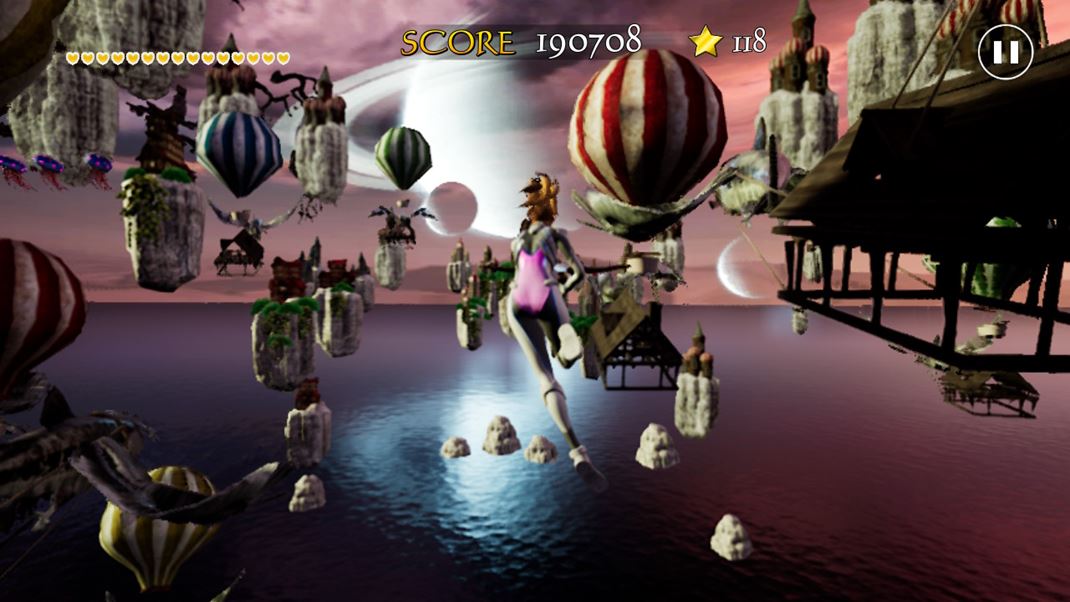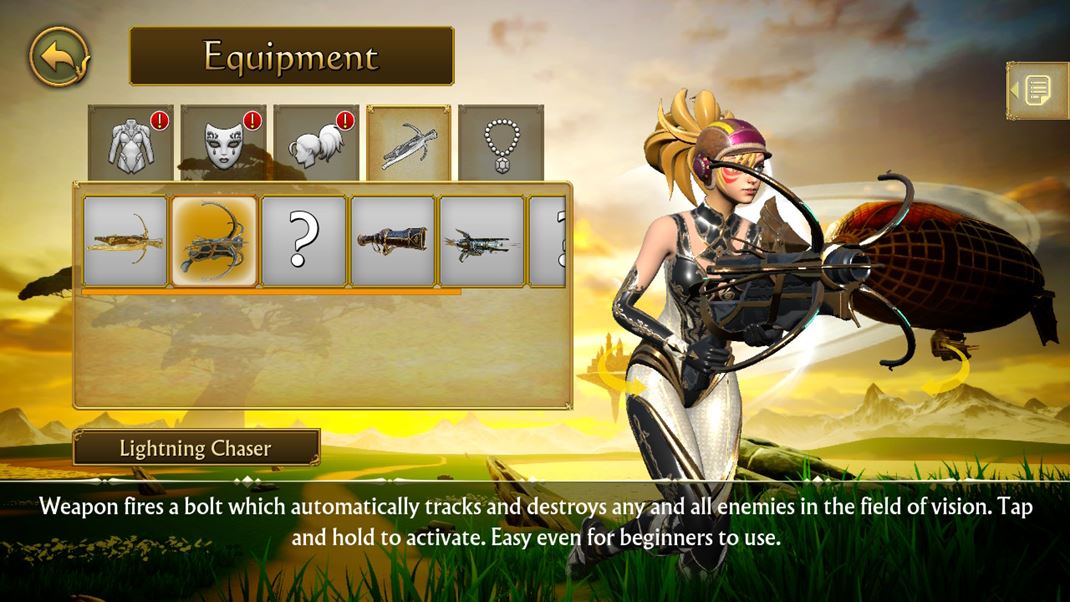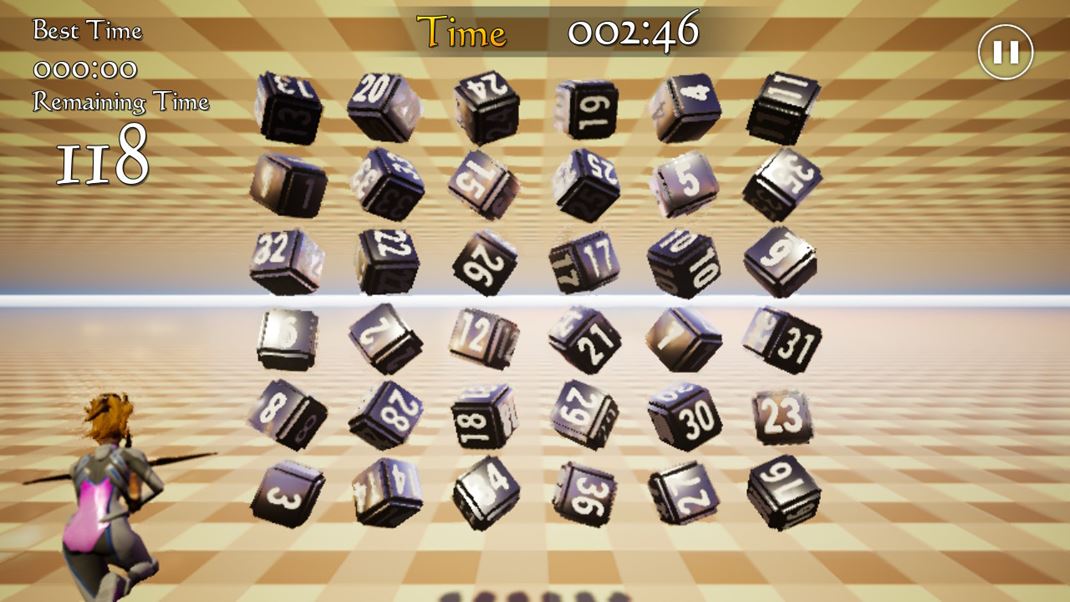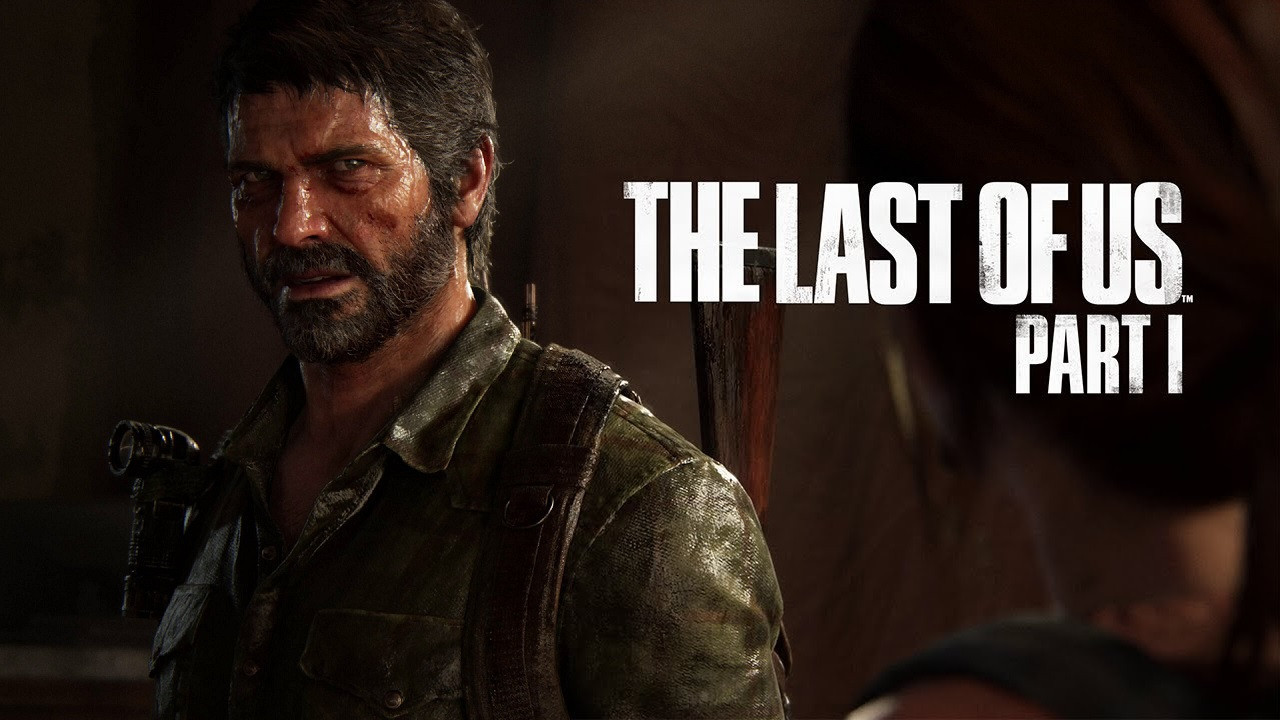Air Twister — Review
The gaming world crafts intriguing tales, and at times, we witness the journey of a big name from blockbuster games venturing into crafting small-scale wonders after years in the business. The indie sphere allows creators to unleash their imagination, avoiding limitations and experimenting with different concepts. Not always entirely successful, but consistently original. This holds true for Air Twister, not an entirely new addition. Released last year on mobiles, this year sees its port to PC and consoles. Yu Suzuki, renowned for classics like Out Run, Virtua Fighter, Virtua Cop, and especially Shenmue, stands behind the game. Three years after the third installment, instead of a sequel, we get a compact mobile shooter.
Air Twister is an exceptionally peculiar game, seemingly catering to a specific gaming audience. It wants to show you that this might not be your game. It's evident in the images, apparent in the video, and fundamentally acceptable. Not every game has to appeal to everyone, and this one is for those who appreciate oddities. Imagine stepping into the shoes of Princess Arch, tasked with defending her world against the invasion of mighty adversaries. The princess is peculiar, the world is bizarre, and the enemies are strange. It's an eccentric experience, not bad at all; it's distinctive, original, and creative.
The game doesn't heavily focus on the narrative, despite some animations being present. The predicament lies in the fact that the story isn't adequately presented. You don't know the character's name, who your enemies are, or why they attacked you. All you know is that you live happily at the end, until you meet your demise. There are cutscenes at the beginning, middle, and end, but they seem to be there just for the sake of it. Content-wise, they are empty and don't particularly stand out – reminiscent of a mobile game, and not a top-tier one at that.

But well, in games like these, the story isn't the main focus. Air Twister is an on-rail shooter, a subgenre of shooters that was once popular in arcades, notably propelled by Sega. Suzuki returns to this concept, drawing inspiration primarily from Panzer Dragoon, a fact not particularly concealed. The principles of such games are simple, even more so than in regular action games. Here, the character moves forward automatically, and your role is to aim and shoot. Your task is to destroy all enemies and ideally preserve enough lives to reach the final boss.
You don't play such games for an extended period, but you play them frequently. Their campaigns are short but intense. The same holds true here. If you're adept, you can finish the game in about an hour, or at least go from the beginning to the end of the last level. However, getting to that level will take a while. You need to train and level up sufficiently. While Air Twister draws from principles known for several decades, it also introduces something new to keep you coming back and not just repeating a familiar concept.
You navigate the environment with the princess, enemies constantly swooping in, shooting their attacks at you. Each level must conclude with a challenging boss. The princess occasionally hovers with a bent knee or gracefully on pointe. Add to that enemies of various designs, such as petrified seashells, folded origami papers, and more. They don't literally represent these objects but resemble them. You'll also battle against dragons and stationary clocks. The design of practically everything is like a feverish dream, where your mind mixes everything you've seen in the past week. It has its style, and it doesn't look too shabby. The issue, however, is that you can't get as immersed in the game. In House of The Dead, you eliminate zombies; in Virtua Cop, you target villains, and so on. Here, you face creatures sometimes, other times geometric shapes, clocks, and more. It feels a bit disjointed.

The gameplay is straightforward, but that doesn't mean the game itself is easy. You can play traditionally with analog sticks and buttons or opt for touch controls, given the game's mobile roots. Playing with fingers on the screen might even be more comfortable in this case. However, don't expect to breeze through it on the first try. It's not designed that way. You have to level up because, as you defeat enemies, stars drop. You collect them, and when you eventually finish (or die), you go to the menu to level up. You can increase your life count, enable targeting multiple enemies simultaneously, and more. Leveling up occurs on a somewhat nonlinear map, allowing you to prioritize upgrades. You also unlock new weapons, skins, bonus levels, tracks, and other items.
You can customize the appearance of the princess with the mentioned skins, divided by body part – body, mask, and head. You can mix and match them to create a character you like. There are plenty of options, but they are purely aesthetic and do not impact gameplay. Characters have weapons and amulets. Weapons are gradually unlocked, and it's not accurate to say they get stronger. You get different ones with various firing modes, suiting you more or less. Amulets grant active and passive abilities, such as time slowdown, shields, and more. You can use all of them simultaneously.
Another difference compared to classic genre games is the level design. For instance, in House of The Dead, replaying was appealing to save more scientists, explore alternative paths, and experience something new. Here, levels aren't designed that way, and you play them the same every time. However, once leveled up, you can progress further and eliminate more complete groups of enemies, as they always attack in certain groups or formations. Over time, you'll learn where to expect specific types of enemies. The problem with this concept is that it can become a bit monotonous over time.

Fortunately, there are several additional bonuses to spice things up, especially new game modes that add something fresh to the gameplay slowly succumbing to routine. You can play for time, points, with increased difficulty, and even find a simple mini-game for reflexes and another for precision of movement. Turbo mode and Boss Rush are also available. However, the problem here is that most mini-games are essentially just variations of the basic campaign, in the same levels with the same rules. So while you get variety, it largely offers the same experience.
Suzuki is a fan of Dutch multi-instrumentalist Valensia, who, in turn, is a fan of the legendary British band Queen. So the music composed by Valensia for the game sounds like Queen, particularly from the album 'Innuendo.' It's not explicitly bad; the melodies are pleasant at first listen, although you may get the impression that it's a significant effort to mimic 'Bohemian Rhapsody' and other classics. However, as the game loses its appeal, so does its music. The graphics are... as seen in the surrounding images, except they look slightly better in the actual game. Just a bit. In motion, it's very smooth, with no jerks or glitches. That's probably the best thing you can say about it.
Yu Suzuki unleashed something original here. Certainly not for everyone, but it has its charm. Unfortunately, it also has its flaws. It's challenging to immerse yourself in the game when one of the bosses is a clock. The final boss is just some geometric shape. The story is present, but it feels almost nonexistent. The gameplay isn't bad, but even that can become monotonous over time since you have to play the game repeatedly to level up and eventually be strong enough to defeat the final boss at the end of level 12. The bonuses at least bring some variety and a greater challenge, but even they don't save it.







Comments (0)
No comments found